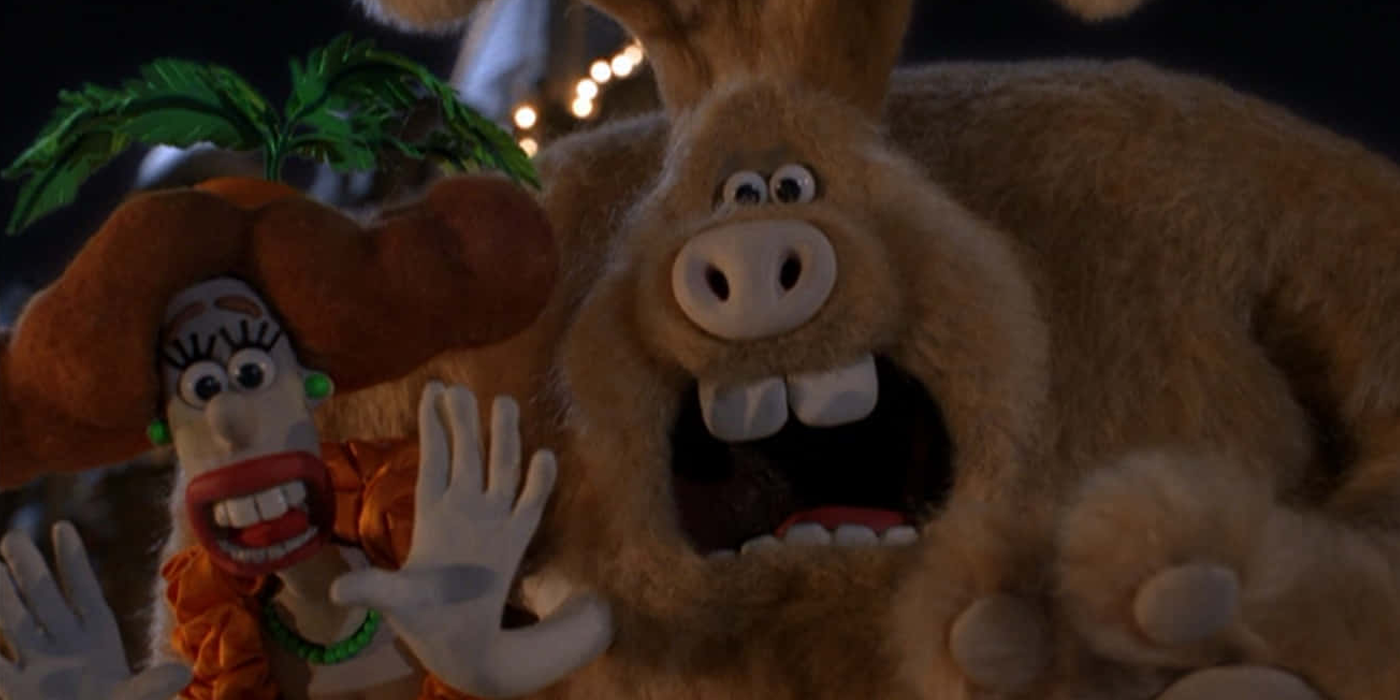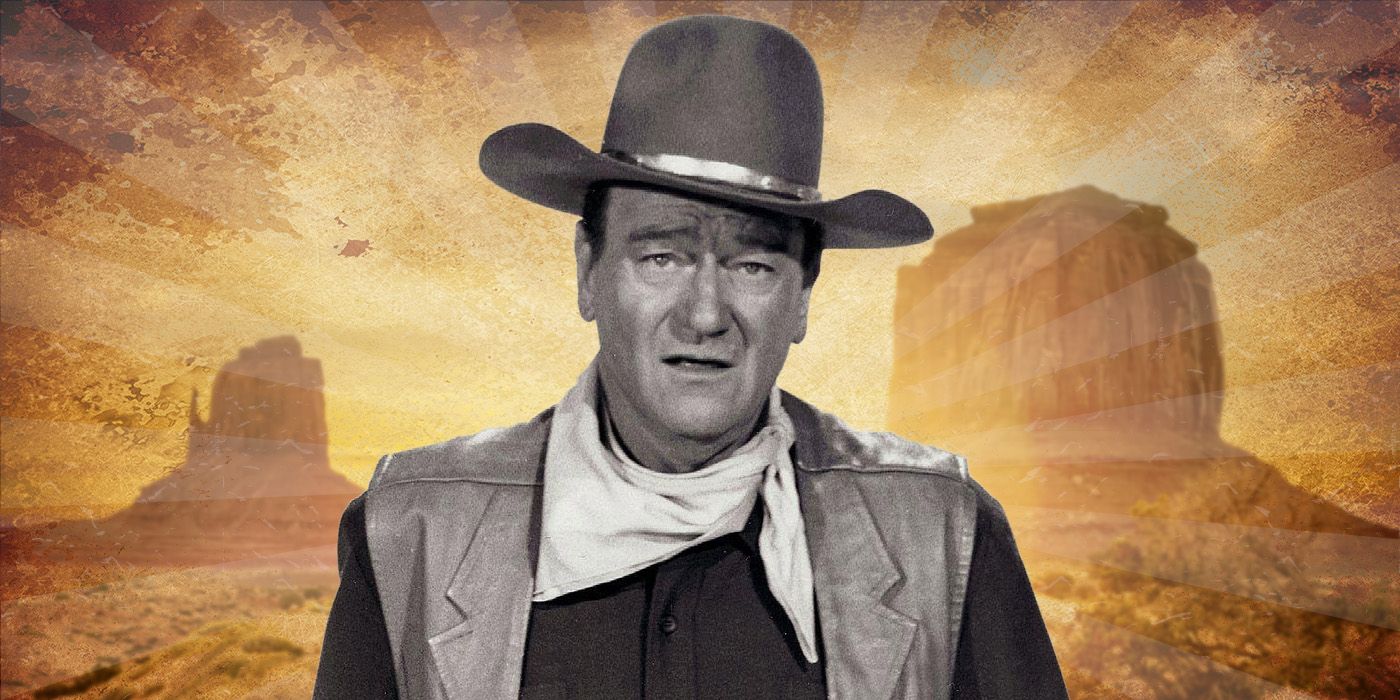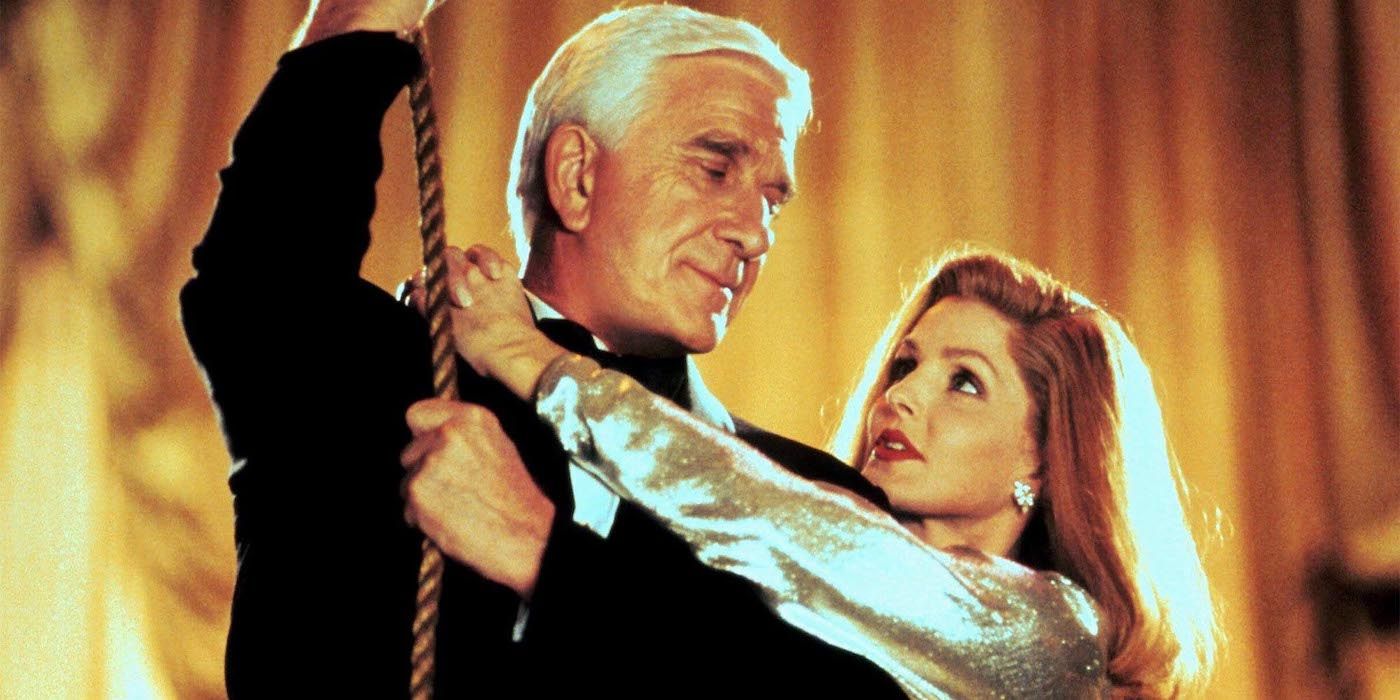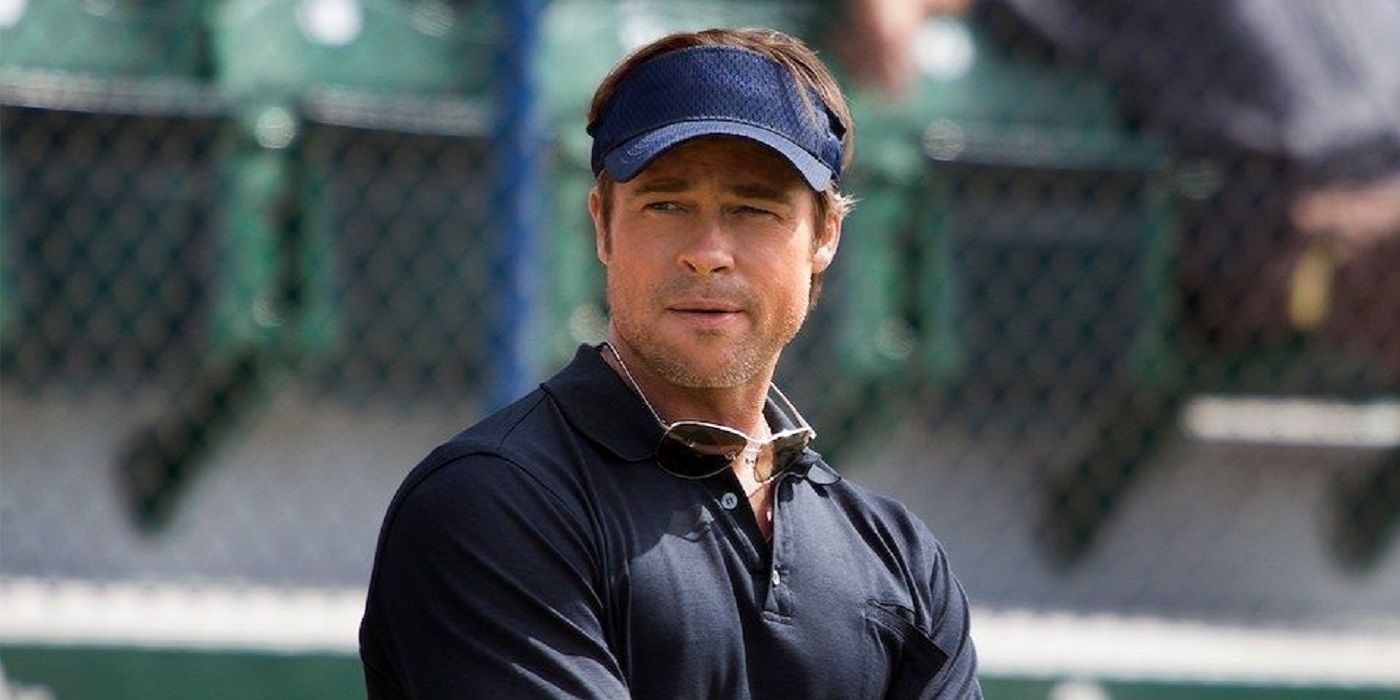The Big Picture
- Wallace and Gromit: The Curse of the Were-Rabbit elevates the beloved short films on a grander scale, with advancements in animation and genre storytelling.
- The original Wallace and Gromit shorts pay tribute to classic Hollywood genres, emulating silent films, noir mysteries, and absurd suburban dramas.
- Curse of the Were-Rabbit is a classic monster movie, combining elements of Universal monster films with Aardman’s trademark comedic subversion and immersive storytelling.
After appearing in three internationally acclaimed short films, Aardman‘s iconic stop-motion duo from West Wallaby St. made their big screen feature debut in the 2005 DreamWorks Animation co-production, Wallace and Gromit: The Curse of the Were-Rabbit. The film followed the pair of cheese-loving inventor Wallace, played by the late Peter Sallis, and his put-upon canine flat-mate Gromit as they embarked on their latest venture as local exterminators on the hunt for a monstrous vegetable-gobbling creature that hops in the night. The film also starred Helena Bonham Carter and Ralph Fiennes in a story that balances slapstick British comedy with horror-tinged monster mayhem and romantic melodrama.
As the studio’s second film after their blockbuster debut feature Chicken Run, director Nick Park and studio Aardman were able to use the beloved pair’s first and only full-length motion picture (for now, another one is on the way!) as a chance to elevate what already made the short films so great on an even grander scale. While the scale and quality of Were-Rabbit‘s animation are apparent due to the advancements in stop-motion animation and a larger production budget, what really makes the film the pinnacle of Wallace and Gromit’s adventures is how it was able to fully immerse itself in genre storytelling in a way the shorts couldn’t.
The ‘Wallace and Gromit’ Shorts Pay Tribute to Hollywood Genres
Wallace and Gromit may be British icons with a cartoony sense of humor, but the adventures they embark upon have their roots in classic American cinema. In a very limited runtime, each of the original shorts emulates classic film genres of the Hollywood golden age. A Grand Day Out borrows from the silent film era, travelogues, and science fantasy, while A Close Shave and The Wrong Trousers are dramatic mysteries of classic noir.
Grand Day Out operates as a spiritual remake of George Méliès‘ seminal classic A Trip to the Moon as the duo takes a holiday to the moon, which is of course made of cheese, and meet a robot skier with the pantomime styling of Charlie Chaplin and Buster Keaton. Close Shave and Wrong Trousers attribute the pacing and dread of Hitchcock noir mysteries like Vertigo and Rear Window to suburban absurdism like a criminal penguin, automatic trousers, and a robot sheepdog. While they operate on a much smaller scale than feature films, the shorts were able to borrow genre motifs and tropes in telling hilariously bizarre setups with classic Hollywood drama.
‘Curse of the Were-Rabbit’ Has the Makings of a Classic Monster Movie
For their first feature film, Wallace and Gromit find themselves at the center of a creature feature right in league with the classic Universal monster movies and Hammer horrors. The Curse of the Were-Rabbit takes full advantage of its scale and runtime to tell a classically fleshed-out horror story in the vein of The Wolfman or Frankenstein but with a twist of Aardman’s trademark comedic subversion. The creature terrorizing the community is not out for the blood of innocent victims but instead is gobbling up prized vegetables ahead of a seasonal veggie fair. Wallace’s own experimentation to rehabilitate ravenous rabbits eventually results in him becoming an unholy creature that munches carrots in the light of a full moon. The film incorporates distorted cinematography, high-tension music, and threatening lighting to emulate the effect of classic Hollywood monster films.
The film also fully occupies itself with character archetypes, pacing, and plot points in the spirit of Hollywood horror. The love triangle between Wallace, Bonham’s Lady Tottington, and Fiennes’ Victor Quartermaine mirrors the archetypal triad of the virtuous beauty being taken by the misunderstood unholy beast who is hunted by civilized men seen in films like Creature from the Black Lagoon and King Kong. The severity of the Were-Rabbit’s threat to the community’s vegetation is treated with the same melodrama as classic monster movies, with townspeople mobbing for justice and Lady Tottington sympathetic to the monster’s plight.
Wallace and Gromit’s early history in short films alluded to a reverence of Hollywood’s golden age, but in full-length feature film form, Curse of the Were-Rabbit was able to give the series a full immersion into a classic film genre. The film has since become a favorite among the likes of ParaNorman and Hotel Transylvania as an animated celebration of classic horror. Aardman’s admiration of classic generic storytelling is apparent throughout most of their works but is in full furry-coated force in Were-Rabbit.
Wallace and Gromit: The Curse of the Were-Rabbit is available to stream on Netflix now.





